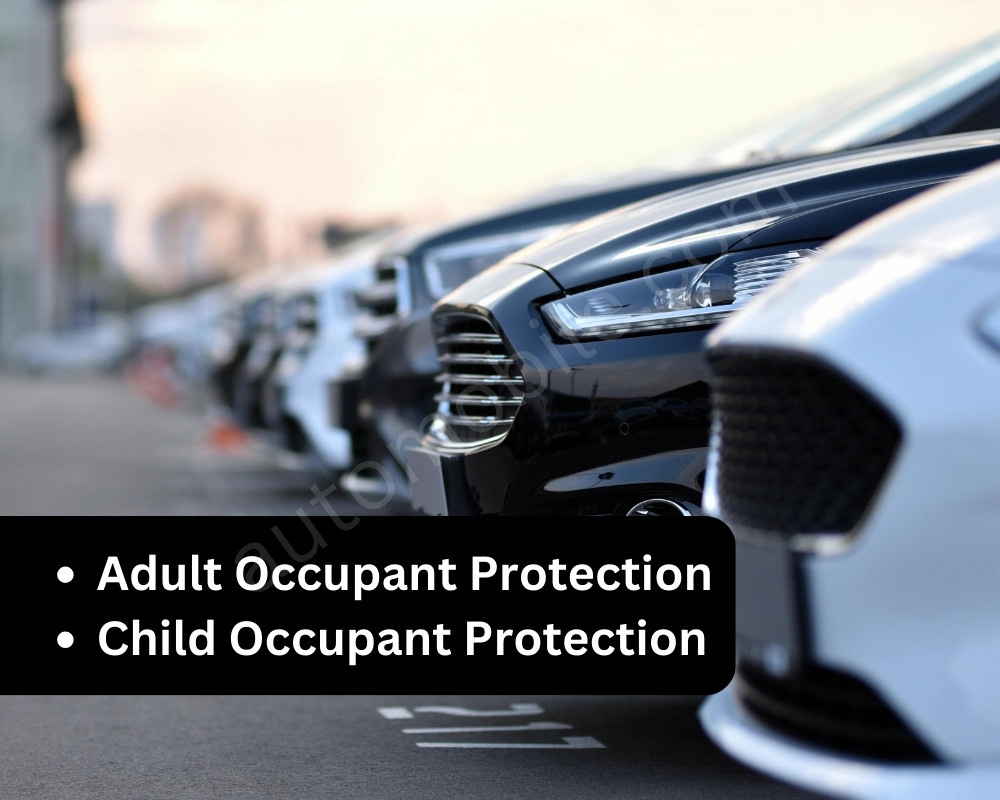Car safety is paramount. There is a world of difference between getting involved in an incident and facing the worst of it. It sounds simple, but with so many cars in the market, how do you know which ones offer the highest degree of safety? It’s in such cases that NCAP makes a difference.
NCAP 101
A Global Movement for Safer Roads
NCAP (New Car Assessment Programme) is not a one-person organization but a collective of various independent organizations across the world. Among the most well-known programs are Euro NCAP (Europe), Global NCAP (emerging markets), and US NCAP (North America). These bodies share a common goal: to improve car safety by subjecting vehicles to stringent testing and giving information to consumers about their accidental resistance.
A Diversified Approach to Security
While the NCAP evaluation does go beyond the dramatic Hollywood-style crash, that is not all it does. Their methods are scientific and comprehensive:

- Crash Test Extravaganza: The NCAP will carry out a full range of tests modeled after actual crash conditions that happen on roads. Such testing includes frontal impacts at varying speeds and angles, side-swipes, and pole collisions among others. High-tech dummies that are equipped with sensors painstakingly register the forces that act upon the human body during a collision.
- Safety Built-In (Seeing Through Car Design): NCAP does not only look at things after a crash. They cover the car design features that minimize the risk of injuries in the first instance. This includes examining and reviewing the effectiveness of crumple zones designed to dissipate energy upon impact, airbag deployment in various types of collisions, and overall cabin safety.
- Empowering Consumers (Knowledge is Power): Finally, the goal of NCAP is to educate car purchasers. Through the release of simple-to-read safety ratings, they grant consumers the power to choose wisely. NCAP ratings are a useful tool which will help you to choose the safest vehicles on the road with people you care about.
Significance Of The Stars
One of the most defining features of NCAP is the star rating system. This system gives a quick rundown of the safety rating of any given car in a simple yet effective manner. Most commonly, a 5-star rating represents the best-performing cars that offer the maximum safety level. As the stars disappear, so do the safety features of the vehicle. Nevertheless, you must be aware of how the thing actually done to get the much talked-about stars.
Significant Areas of Evaluation

The star rating gives you a quick idea, but looking closer shows all the things NCAP looks at to check how safe a car is:
- Adult Occupant Protection: This is one of the main evaluations which gives a picture of how much the car protects adult passengers in a crash. NCAP systematically studies data from crash test dummies, particularly concerning the strength of the cabin, potential harm to various body parts, and efficiency of airbags and seatbelts to minimize impacts.
- Child Occupant Protection: At the same time, the security of children is equally important. NCAP evaluates a car’s ability to guard young passengers in the event of a crash. This is accomplished by testing the fit of child safety seats with the vehicle and assessing their performance under real-world crash conditions. The highest scores are obtained by automobiles that provide ideal passenger safety to people of all ages.
Expanding the Scope of Safety
Through VRU protection, NCAP programs are progressively using their rating systems to consider the feasibility of pedestrians and cyclists on the road. It includes tests that assess impacts with pedestrians and consider safety features like auto-emergency braking systems, which can help prevent collisions.

- Safety Assist: Recognizing Technological Advancements: New cars embed many of the high-tech driver assist features to improve driving safety. NCAP recognizes this development by adding points to features like lane departure warning, blind-spot detection, and automatic emergency braking systems. These attributes could be pivotal in accident prevention or minimization of impact.
Selecting the Proper Car for You
Indeed, NCAP ratings are a very helpful instrument, but they are not the only thing to look out for while picking out a safe car. Here are some additional considerations:

- Your Needs: Do you usually drive in the city or on the highways? Do you usually carry a lot of passengers? A small city car can maybe have a lower NCAP rating than a large SUV, but it can be a good solution for your needs if you mainly drive short distances in the city.
- Your Budget: Safety should not be a privilege, and safety features can cost as much as the cars themselves. Through NCAP ratings, you can determine cars that will be friendly to your budget while still having a good balance of safety.
- Test Drive and Research: Once you have settled on those options compatible with NCAP ratings and your own demands, don’t forget to go for a test drive and do more study.
It would be beneficial to read reviews from automotive journalists and safety agencies for a more complete understanding. NCAP ratings are a strong tool, but if you combine them with other factors and personal research, you will choose a car which prioritizes safety and gives you a good driving experience. Therefore, the next time you are at a dealership, make sure to check out the NCAP ratings and equip yourself with knowledge that will ensure safety is your top priority whenever you go for a ride.

